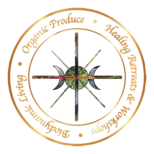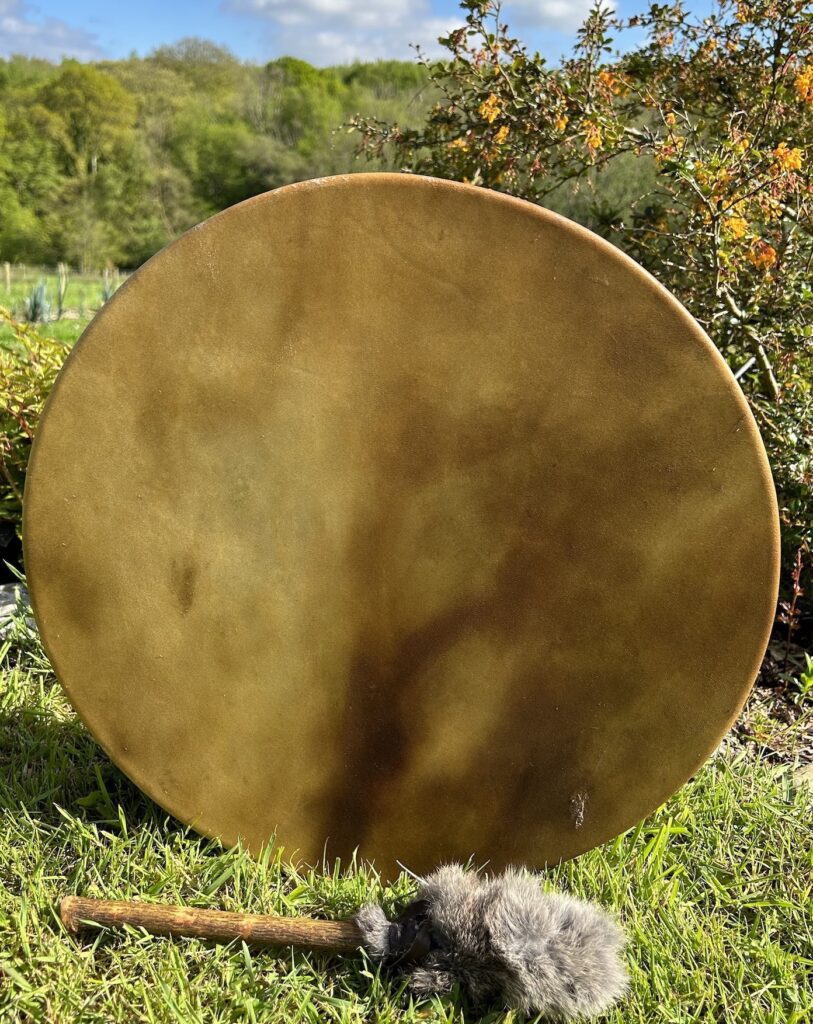Shamanism/Magik/Spiritual Healing are an ancient healing practices dating back 100,000 years and practiced in every country across the world including yours, in the western world people undertaking spiritual, healing or magical practices of any kind were heavily persecuted and so in the west we lost many of our traditional healers and teachings. Spiritual/Shamanic practices are one of humankind’s oldest and perhaps original forms of healing whether this be for physical ailments, emotional or mental maladies. Healers would always look to the spirits of the gods, of ancestors, animals, plants and elements for help, guidance and healing. A shamanic practitioner is a healer who moves into an altered state of consciousness to access a non-ordinary reality in the spirit world for purposes of bringing back healing, power, and information. Shamanic practitioners believe that all problems, physical, emotional or mental, have their root cause in spiritual imbalance, they use a variety of tools such as drums, rattles, smudge sticks, natural objects, plant medicines, herbs and/or sound such as voice to help them deeply connect with spirit and work in partnership with spirit to heal from a place of love light and integrity. Joanna studied Core and Classical Shamanism over a period of eight years with the Sacred Trust, although she continues to seek more about her ancestral spiritual roots which are embedded within Celtic, Druid and Irish spiritual practice.
Core shamanism is a term coined by anthropologist Michael Harner to describe a universal and cross-cultural approach to shamanic practice. It is based on the common elements found in various indigenous shamanic traditions from around the world. Core shamanism focuses on the essential techniques and practices of shamanism, rather than specific cultural or regional variations. It is a contemporary approach to shamanism and is not rooted in any specific cultural tradition. It draws inspiration from various indigenous practices but is not intended to replace or appropriate those traditions. Instead, it seeks to offer a framework for individuals to explore and engage with shamanic techniques in a respectful and ethical manner. Classical Shamanism sits somewhere between Core and Traditional Shamanic Practice. Practicing Shamanism in contemporary society is a spiritual path, not a religious path, it has no defined understanding of one ‘God’ and follows no set doctrine. A shamanic practitioner works in partnership with the spirits, journeying to the worlds beyond the veil receiving direct revelation and/or healing from spirit often in metaphor and the information received is passed in raw form to the client, not interpreted by the practitioner.

